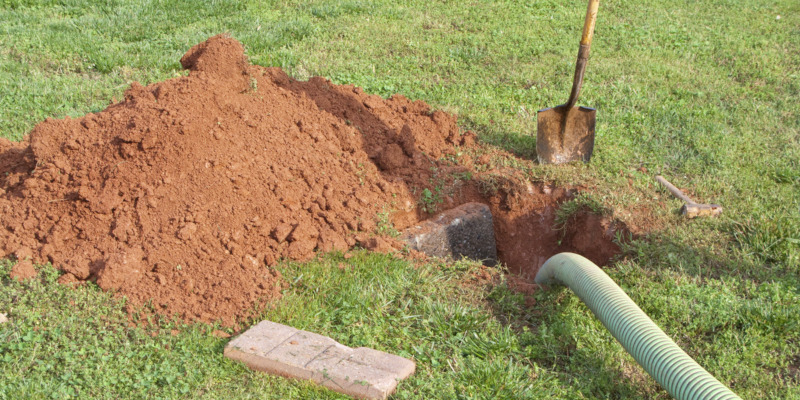
Septic systems are more common in rural areas where municipal sewer services aren’t offered. In this case, they are an essential part of every home. They are made of polyethylene, concrete, or fiberglass and are buried in the ground somewhere close to the house. It contains waste from the sewer pipe in the home.
As per the EPA, septic pumping should be done on a typical system every three to five years.
If you’ve got the necessary tools but don’t have the experience, you could call a professional or avoid these pumping mistakes if you choose the DIY route:
- Pumping the Tank Before an Inspection
A slight malfunction in your septic system doesn’t warrant a pumping. Pre-pumping before an inspection may only make things worse or make it difficult for an inspector to figure out the problem. In case of any issues, let an inspector check it out.
- Failure to Pump the Tank Sufficiently
How frequently is sufficient? It depends on the tank you have. Septic pumping for undersize systems or those that see heavy use is usually yearly. Those with mechanical components, electrical float switches, or pumps may need more regular pumping.
- Pumping to Solve Clogged Drain Field Problems
Pumping a clogged drain field only causes it to fill up quickly and is expensive. For all drainage issues, you should involve an expert.
- Pumping your System Too Much
Before choosing a septic pumping schedule, you should consider your tank’s age, how big/small it is, and how much sludge it can hold.






